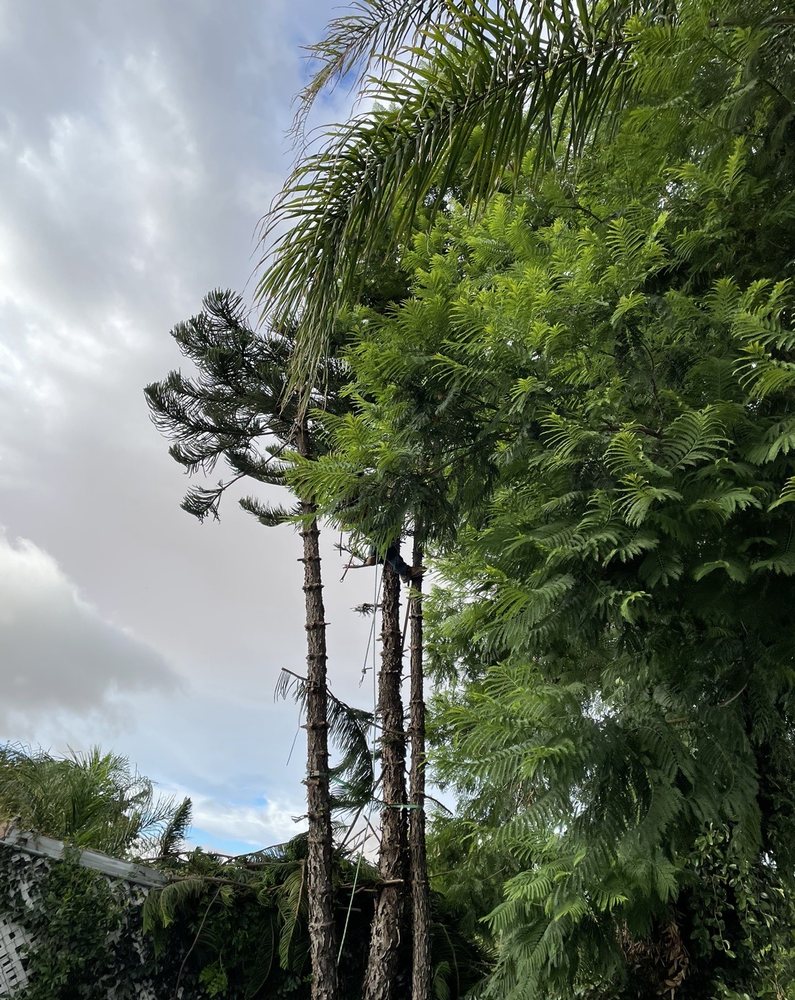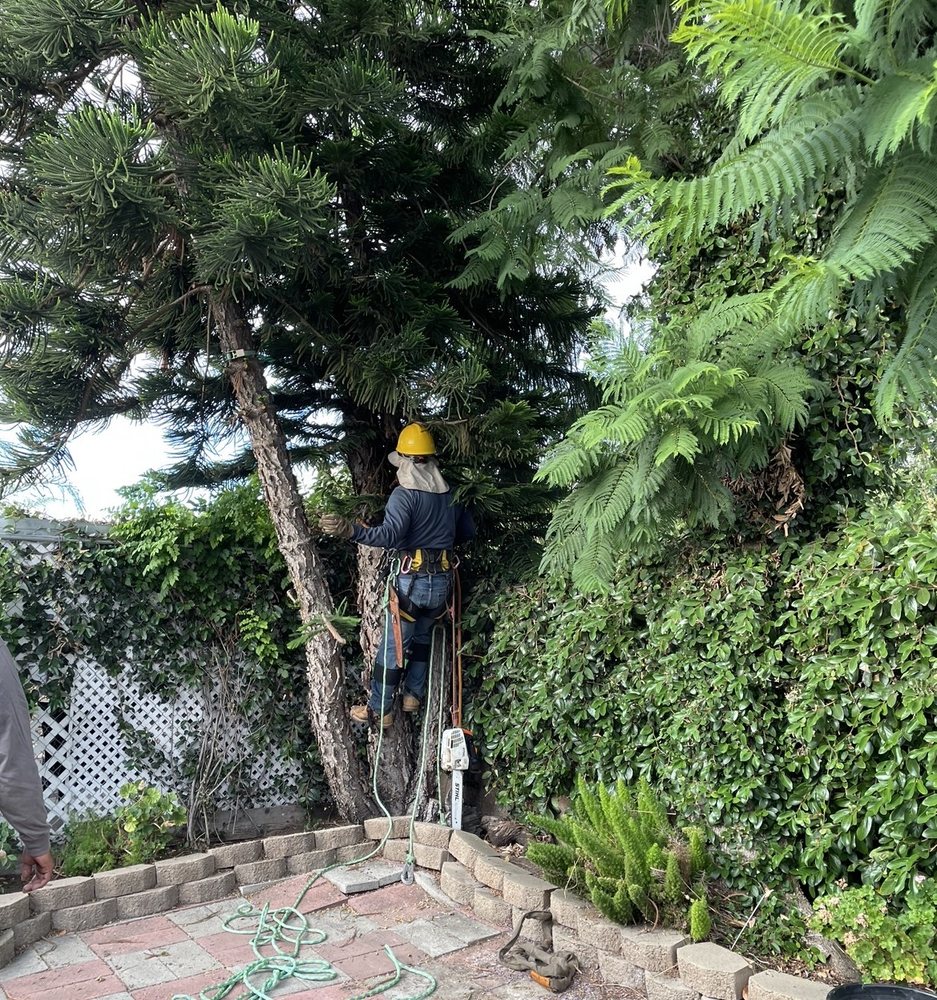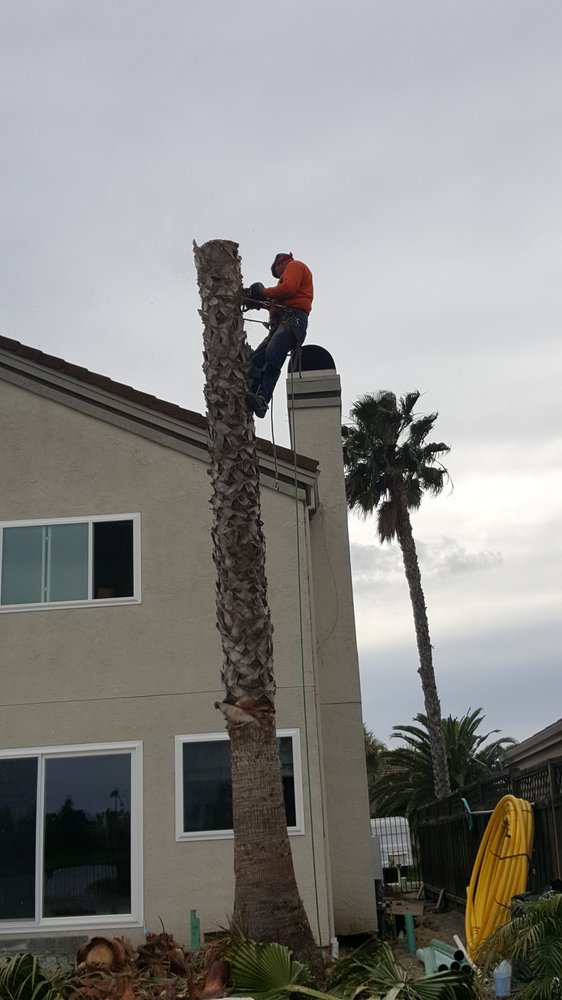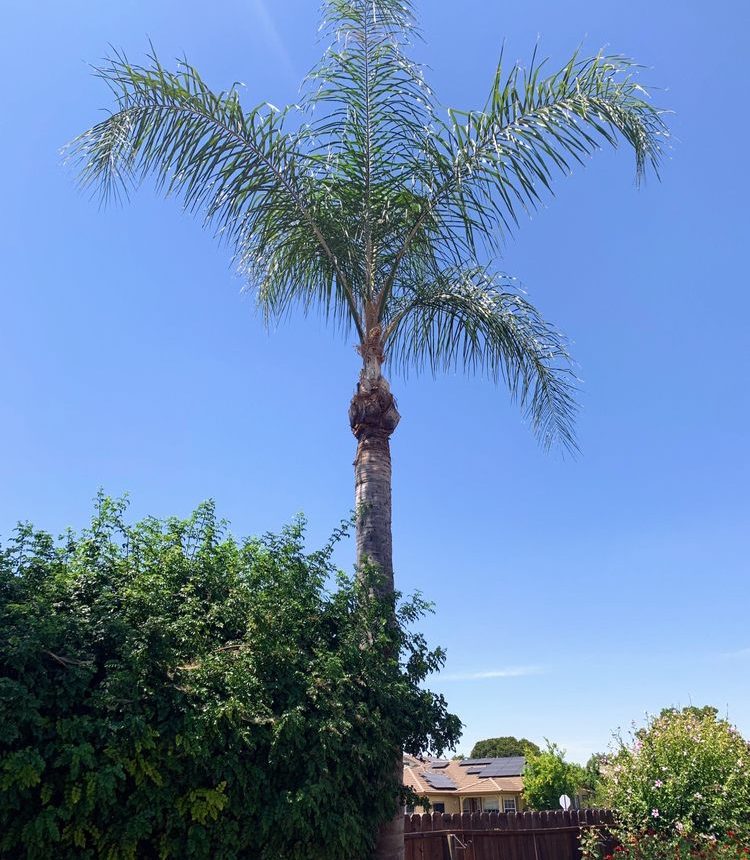When it comes to maintaining the beauty and health of your palm trees, proper trimming is essential. Palm Tree Maintenance trimming not only keeps your trees looking neat and aesthetically pleasing but also promotes their overall well-being. However, it’s important to approach palm tree trimming with caution and proper knowledge to avoid any potential damage or injury.
In this comprehensive guide to palm tree maintenance and removal, we will walk you through the necessary steps and techniques to ensure your palm trees stay healthy and vibrant. We’ll cover everything from when and how to trim your palm trees to understanding the signs that indicate it’s time for removal.
Whether you’re a seasoned gardener or a beginner with a newfound love for palm trees, this guide will provide you with the expertise and confidence to maintain and remove your palm trees with ease. So, grab your pruning shears and let’s dive into the world of palm tree trimming for a flourishing landscape that will leave your neighbors green with envy!
The importance of palm tree maintenance
Palm trees are not only a beautiful addition to any landscape but also an investment that requires proper care and maintenance. Regular palm tree trimming is crucial for their overall health and longevity. Trimming helps remove dead, damaged, or diseased fronds, allowing the tree to allocate its resources more efficiently. It also enhances the tree’s appearance by promoting a cleaner and more symmetrical look.
Furthermore, palm tree maintenance goes beyond just trimming. It involves inspecting the tree for signs of pests, diseases, or nutrient deficiencies. By addressing these issues promptly, you can prevent further damage and ensure the tree’s well-being.
Proper palm tree maintenance also includes regular fertilization, watering, and protection from extreme weather conditions. With the right care, your palm trees can thrive and become the focal point of your landscape.
Signs that your palm tree needs trimming or removal
Knowing when to trim or remove a palm tree is essential to prevent potential hazards and maintain a healthy environment. Here are some signs that indicate it’s time to take action:
1. Overgrown fronds: If the lower fronds of your palm tree are touching the ground or obstructing walkways, it’s a sign that trimming is needed. Overgrown fronds can be a safety hazard, especially during storms or high winds.
2. Dead or yellowing fronds: Dead or yellowing fronds are not only unsightly but can also signal a lack of nutrients or water. Trimming these fronds allows the tree to focus its energy on producing new, healthy growth.
3. Visible pests or diseases: If you notice signs of pests or diseases, such as discoloration, holes in the leaves, or visible insects, it’s crucial to address the issue promptly. Trimming affected fronds can help prevent the spread of pests or diseases to other parts of the tree.
4. Leaning or unstable tree: A palm tree that is leaning or appears unstable may pose a risk to property or people. In such cases, it’s important to consult a professional to assess whether trimming or removal is necessary.







